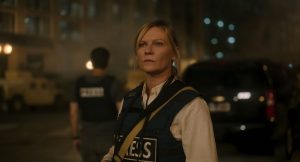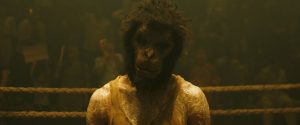Reviews include Civil War, In Flames, and The Greatest Hits.
Scarborough Reminds Us of the Power of Community
February 22, 2022
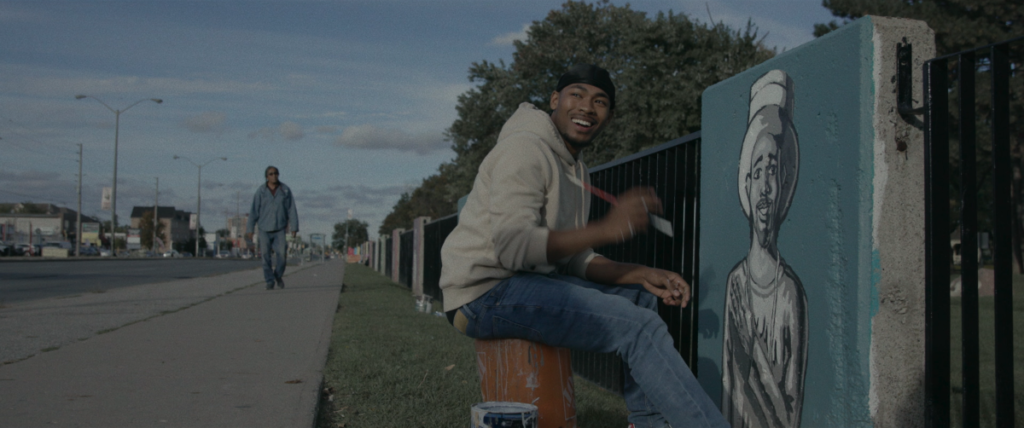
Scarberia. Just 15 years ago, that was the mocking moniker for Scarborough, the former borough that is now Toronto’s most eastern district. It’s been a source of resentment for residents, who know that stereotypes, ignorant assumptions – to say nothing of the absence of a subway station and decent transit – are what promoted the idea that their part of the city was a backwater.
Well, that’s over. Scarborough is now blooming as a hotspot not only for the city’s best diverse eats, but also for some of the city’s best art. In the literary arena alone, David Chariandy’s Brother, set in Scarborough, took the Rogers Writers’ Trust fiction prize in 2017, Carrianne Leung won the 2019 Daunta Gleed Literary Award for her similarly set short fiction That Time I Loved You. And Catherine Hernandez’s novel Scarborough, about a hardscrabble community coping with racism and poverty, was longlisted for CBC’s Canada Reads this year and has been adapted for the screen in a powerful film that knocked out TIFF 2021 audiences. It’s now nominated for the TFCA’s Rogers prize for best Canadian feature film.

Set in Scarborough’s Galloway area between Idlewood Inn and Suya Spot, the film highlights the experiences of three preteen kids: Sylvie (Mekiya Fox), who wants to be a writer and who lives in poverty with their mother, severely disabled dad, and autistic brother; budding Filipino queer Bing (Liam Diaz), whose mom works in a nail salon; and Laura (Anna Claire Beitel), constantly shunted between her drug addict mother and rage-fuelled dad. The anchor for the piece is Ms. Hina (Aliya Kanani), who runs the Ontario Reads program that provides space during the day for kids and their parents to play. It also supplements learning and supplies healthy food. The film toggles between scenes evoking the kids’ friendships and their parents, who are in a constant state of struggle.
The winner of the Rogers prize is chosen by the Toronto Film Critics Association, not a group that impresses easily, which makes it a coveted award. But let’s be honest, the winning payout of $100,000 makes it one Canada’s richest arts prizes – up there with the Scotiabank Giller Prize for literary fiction and the Sobey Art Award – and has been key to raising the prize’s profile. (Runners-up receive $5,000.)
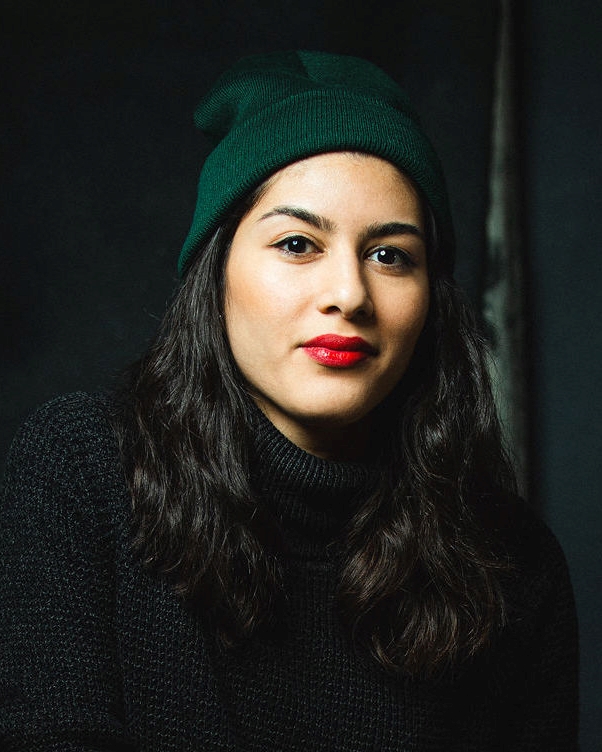
The beneficiaries in the case of Scarborough are co-directors Rich Williamson and Shasha Nakhai, partners not only in art but in life. While not every couple finds that all-encompassing relationship an easy thing, these two are thriving within the context of that intensity. Before Scarborough, they worked almost exclusively in documentary: Nakhai on the dance short Paruparo, for one, and Take Light, a full-length documentary that probes the challenges of Nigerians trying to gain control over their source of energy; Williamson, as editor of, for example, of Thirty Eight Minutes, about the 2018 false missile alert in Hawaii.
It was their documentary process that attracted author Hernandez, who had worked with them previously, appearing in Paruparo. She knew exactly the cinematic practice that informs their films, especially their insistence on going into areas, listening to peoples’ stories, and doing everything they can to leave those communities a better place. That all trumped the fact that they themselves were not from the area.
“Catherine approached us,” recalls Nakhai, in a joint Zoom call with Williamson. “She’d gotten a bunch of interest from people who wanted to option the book but she turned them down. This is a very personal place, near and dear to her, and she liked working with us and our documentary approach. She didn’t want trailers taking over the sidewalks in her neighbourhood.”
Williamson remembers that the duo’s first reaction was one of surprise. “This had the scope of a feature film and the project we’d done previously with her involved only a two-day shoot,” he explains. “But she liked her experience with us, our approach and our filmmaking philosophy, how we shoot people and how we like to go into communities and be respectful and not too invasive.”
“Observing reality first and moulding ourselves around it,” is how Nakhai describes it. “Very much our working style is to always be adjustable and always be teachable,” which applies not only to how they represent the community but also to how they work with the actors. “Catherine wrote the script but she also allowed people to bring their own selves to the forefront,” adds Nakhai. “We did that with the actors, bringing elements of their personality to the surface, not taking up too much space, physically and verbally so that people could do their best work.”
Casting was not easy, especially for first-time dramatic feature makers trying to fill over 60 roles. “We did all the casting ourselves,” Nakhai continues. “It took a long time. We found them everywhere: YouTube, on the street, theatre school for kids. Sometimes they were working at the actual locations where we were filming, like at the pawnshops. Some were people who had never been actors, some were comedians.”
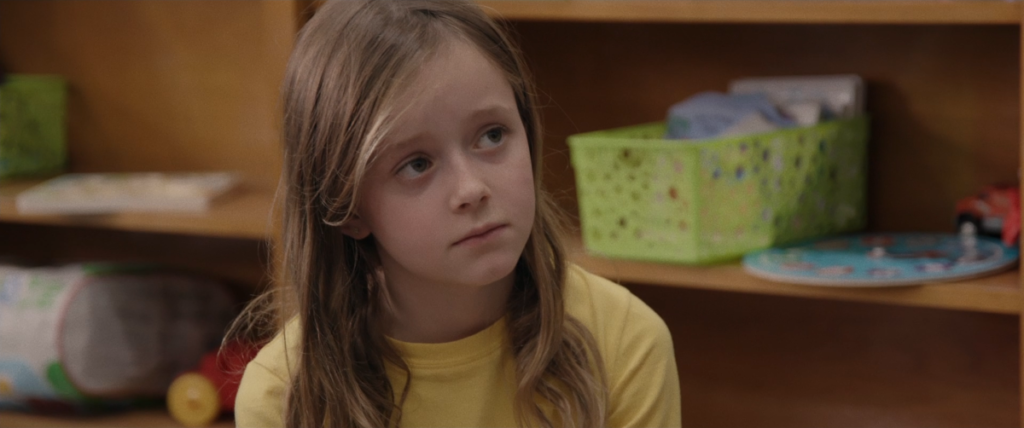
“Everyone worked differently, especially the kids who had never acted before,” says Wlliamson. “You can’t just say, ‘Hit your mark,’ or ‘do it exactly like this.’”
“We tried,” interjects Nakhai with a laugh.
“You have to take a looser approach,” Williamson goes on. “You’re guided by the book so you know what the scene is about, so as long as you’re within the parameter you’re OK, but you can let the actor go outside of the parameter and speak from what comes naturally and you tend to get a more natural performance out of it.”
Throughout our conversation, the two are easy-going, charming, and open about their process, one that’s hyper-respectful of the communities their films represent. But don’t be fooled by their user-friendly demeanor; these are hard-nosed artists ready to field the tough questions.
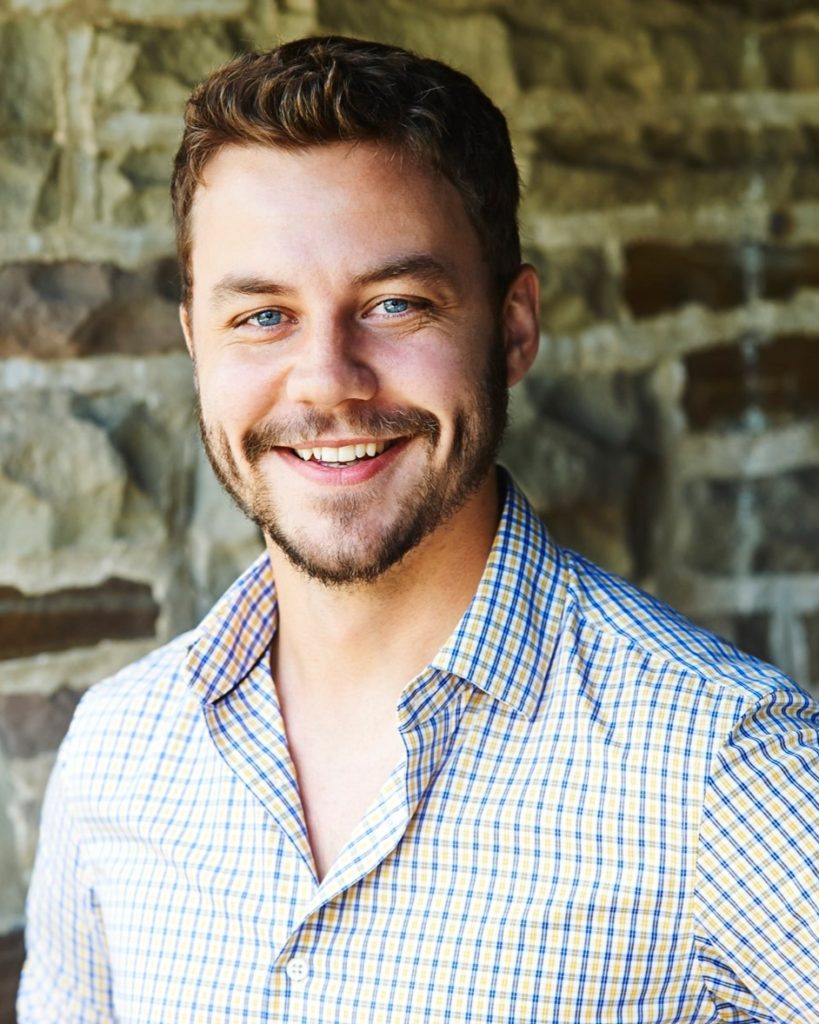
They reject outright the notion that Scarborough teeters on the edge of poverty porn. The film deals with painful realities. But the way the kids find joy in play under dire circumstances – the documentary style of shooting makes this seem wholly authentic, especially when Sylvie and Bing run free in the nail salon or at the dollar store – gives the film a hopeful cast.
“That’s why we were interested in the project in the first place,” Nakhai insists. “There was a truthfulness in it that can only come from lived experience and Catherine’s lived experience gave her a deep understanding that even in the most tragic circumstances people still have humour and joy. It’s a survival mechanism, a coping mechanism, and that’s why it was storytelling looking at it from within but without a tone that was too serious. Films that qualify as poverty porn revel in the misery and this film doesn’t do that.”
Consider too how they respond to murmurings from some viewers that the white characters are all borderline evil while the BIPOC characters are near angelic. Reverse racism, some call it. Nakhai offers no long treatise on how that claim – and the term reverse racism itself – creates false equivalences between racialized experience and white privilege, no anger at the insensitivity of those viewers. Nakhai’s no-nonsense response is simply, “This film isn’t for them.”
Which is clear enough. Scarborough is for people who have felt chronically under-represented in film and others who want to know more about them. Its characters cross communities; First Nations, Filipino, Muslim – Ontario Reads program leader Ms. Hina wears a hijab. They include a child with autism, a boy trying to express his queerness, a family whose needs are not being met by the health care system, street people, drug addicts, and BIPOC people who are the target of racism from angry poverty-bound whites. It’s a wildly diverse community.
But with Scarborough, honouring community is not just about representation. It’s about community involvement in the making of the film. Many of the extras came from families who live in the Galloway neighbour and attended the school, which was a major location, for example, and the team made sure to consult with autism experts nearby to help with authenticity issues for Sylvie’s brother, Johnny.
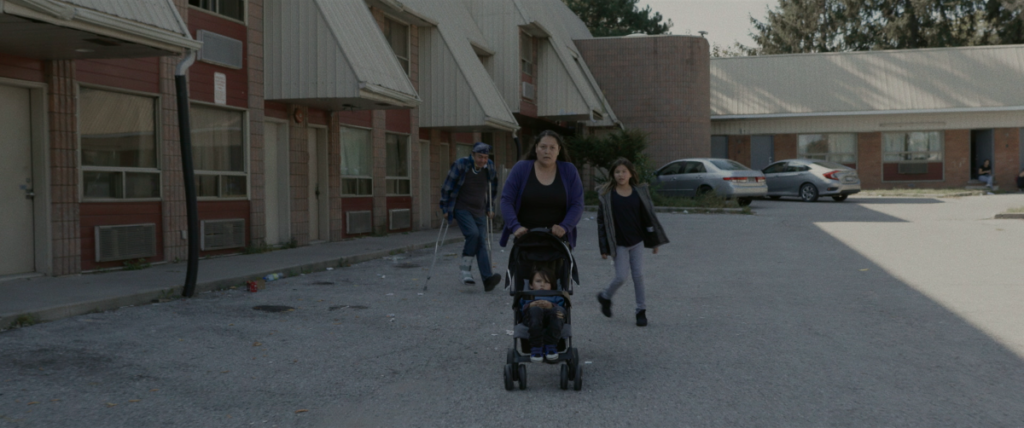
Budget constraints – the team had less than $1 million to work with – were also a factor in strengthening community connections. Williamson says that’s why he himself edited the film – to save some money.
“One of the things about working with a low budget is that you have to do everything,” he explains. “Even the actors would help us load out a space. Everyone was all hands–on and they were okay with that. They all loved the story and we were working to realize Catherine’s vision.”
But when it comes to concept of community, the two directors’ focus is not narrowly tied to Galloway. Nakhai sees a wider political context.
“It’s interesting that the film, with community at the centre of the story line, is coming out now and when we’re two years into the pandemic and so many people have retreated into their household bubbles and want to shut out the world because it’s so overwhelming.”
She reminds us that this period of isolation is a serious threat not only to our collective mental health, but also to the health of our body politic.
“Community is what got humans through crises in the past, and the intersecting crises of our time right now show us who are the people we need to support: educators, front line workers, and harm reduction workers who are often women of colour,” says Nakhai.
“The core theme of community is definitely relevant to the conversation right now.”
Scarborough opens in theatres on February 25.
The winner of the Rogers Best Canadian Film Award will be revealed on March 7.

